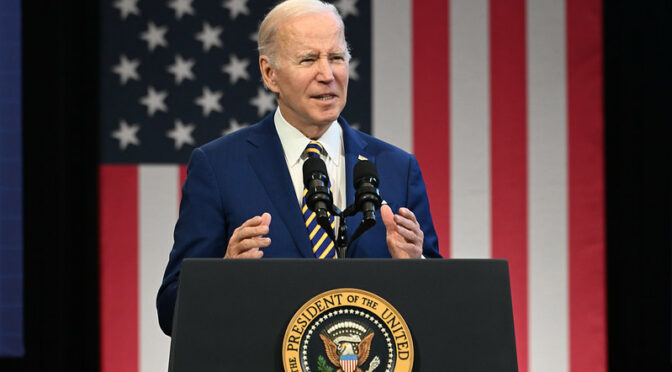Article published in The Daily Telegraph, 20 December 2023. © Richard Kemp
The way to respond to a terrorist group that is menacing shipping in one of the world’s most important sea routes is not to just keep shooting down cheap drones with ultra-expensive naval missiles.
The purpose of the just-announced US led coalition in the Red Sea is to protect shipping and provide reassurance to ship owners and insurers. But however many naval assets are deployed, the Houthis seem likely to keep attacking as long as they have missiles and the shipping companies are likely to keep re-routing their vessels round Africa, adding weeks to their journey and pushing up prices of oil, gas and other commodities.
Since the current upsurge of aggression began, the Houthis have fired over 100 drones and missiles, targeting 10 commercial vessels, according to the Pentagon. They are still holding the cargo vessel Galaxy Leader seized on 19 November, with 25 crew members unjustly detained. US Defence Secretary Lloyd Austin describes this assault on international shipping and global commerce as ‘unprecedented’.
That simply cannot go on and the way to put a stop to it is by directly attacking the Houthis in Yemen. Their leadership can be targeted and military infrastructure such as missile systems, drone storage sites, radars and coastal guns hit by missile and air strikes. Aside from other ships in the naval coalition, the USS Eisenhower carrier strike group is now positioned off the coast of Yemen and should have an arsenal ready for such action.
The need to take on the Houthis goes beyond their recent targeting of shipping in the Red Sea. They are an ongoing regional threat, having attacked Saudi Arabia as well as Israel. An intensive assault against them would not only degrade their offensive capabilities and perhaps deter further aggression outside Yemen’s borders, it would also give Tehran a bloody nose. The Houthis are effectively Iranian proxies, with their drones and ballistic and cruise missiles believed to be supplied by Iran.
Indeed the hand of Tehran is behind much of the violence in the Middle East today. Iran funds Hamas and Islamic Jihad in Gaza, and might well have played a role in the 7th October massacre against Israel, despite their denial and Washington’s evident desire to play it down. Moreover, Iran’s terrorist proxies in Lebanon, Hizballah, have been directing missile, drone and anti-tank attacks against Israeli forces and civilians in northern Israel. That risks all-out war between the IDF and Hizballah on a scale that might dwarf the Gaza conflict.
Diplomatic pressure stands little chance of success. However, a bit of stick might perhaps make a difference. If the US shows its teeth now against the Houthis, that could not only reduce the threat to Red Sea shipping but also help avert a much more deadly war in Lebanon.
Image: Flickr

